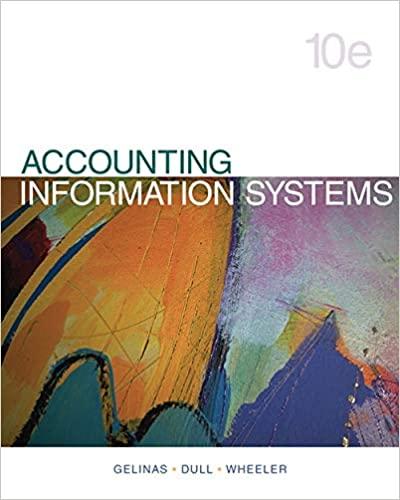Answered step by step
Verified Expert Solution
Question
1 Approved Answer
York Company engaged in the following transactions for Year 1. The beginning cash balance was $28,400 and the ending cash balance was $72,542. Sales on
York Company engaged in the following transactions for Year 1. The beginning cash balance was $28,400 and the ending cash balance was $72,542. Sales on account were $283,000. The beginning receivables balance was $94,400 and the ending balance was $76,700. Salaries expense for the period was $53,910. The beginning salaries payable balance was $2,940 and the ending balance was $1,680. Other operating expenses for the period were $123,030. The beginning other operating expenses payable balance was $4,210 and the ending balance was $7,953. Recorded $19,220 of depreciation expense. The beginning and ending balances in the Accumulated Depreciation account were $14,010 and $33,230, respectively. The Equipment account had beginning and ending balances of $206,740 and $240,440, respectively. There were no sales of equipment during the period. The beginning and ending balances in the Notes Payable account were $47,100 and $149,100, respectively. There were no payoffs of notes during the period. There was $6,214 of interest expense reported on the income statement. The beginning and ending balances in the Interest Payable account were $1,424 and $949, respectively. The beginning and ending Inventory account balances were $93,550 and $112,260, respectively. The company sold merchandise with a cost of $151,575 (cost of goods sold for the period was $151,575). The beginning and ending balances in the Accounts Payable account were $9,270 and $11,217, respectively. The beginning and ending balances in the Notes Receivable account were $4,800 and $9,900, respectively. Notes receivable result from long-term loans made to employees. There were no collections from employees during the period. The beginning and ending balances in the Common Stock account were $102,000 and $126,000, respectively. The increase was caused by the issue of common stock for cash. Land had beginning and ending balances of $50,500 and $37,676, respectively. Land that cost $12,824 was sold for $9,460, resulting in a loss of $3,364. The tax expense for the period was $7,370. The Taxes Payable account had a beginning balance of $810 and an ending balance of $746. The Investments account had a beginning balance of $24,100 and an ending balance of $27,900, respectively. The company purchased investments for $17,300 cash during the period, and investments that cost $13,500 were sold for $21,000, resulting in a gain of $7,500. Required a. Determine the amount of cash flow for each item and indicate whether the item should appear in the operating, investing, or financing activities section of a statement of cash flows. Assume York Company uses the direct method for showing net cash flow from operating activities. (Any cash outflow should be indicated by a minus sign. If there is no action select "No effect".)
Step by Step Solution
There are 3 Steps involved in it
Step: 1

Get Instant Access to Expert-Tailored Solutions
See step-by-step solutions with expert insights and AI powered tools for academic success
Step: 2

Step: 3

Ace Your Homework with AI
Get the answers you need in no time with our AI-driven, step-by-step assistance
Get Started


